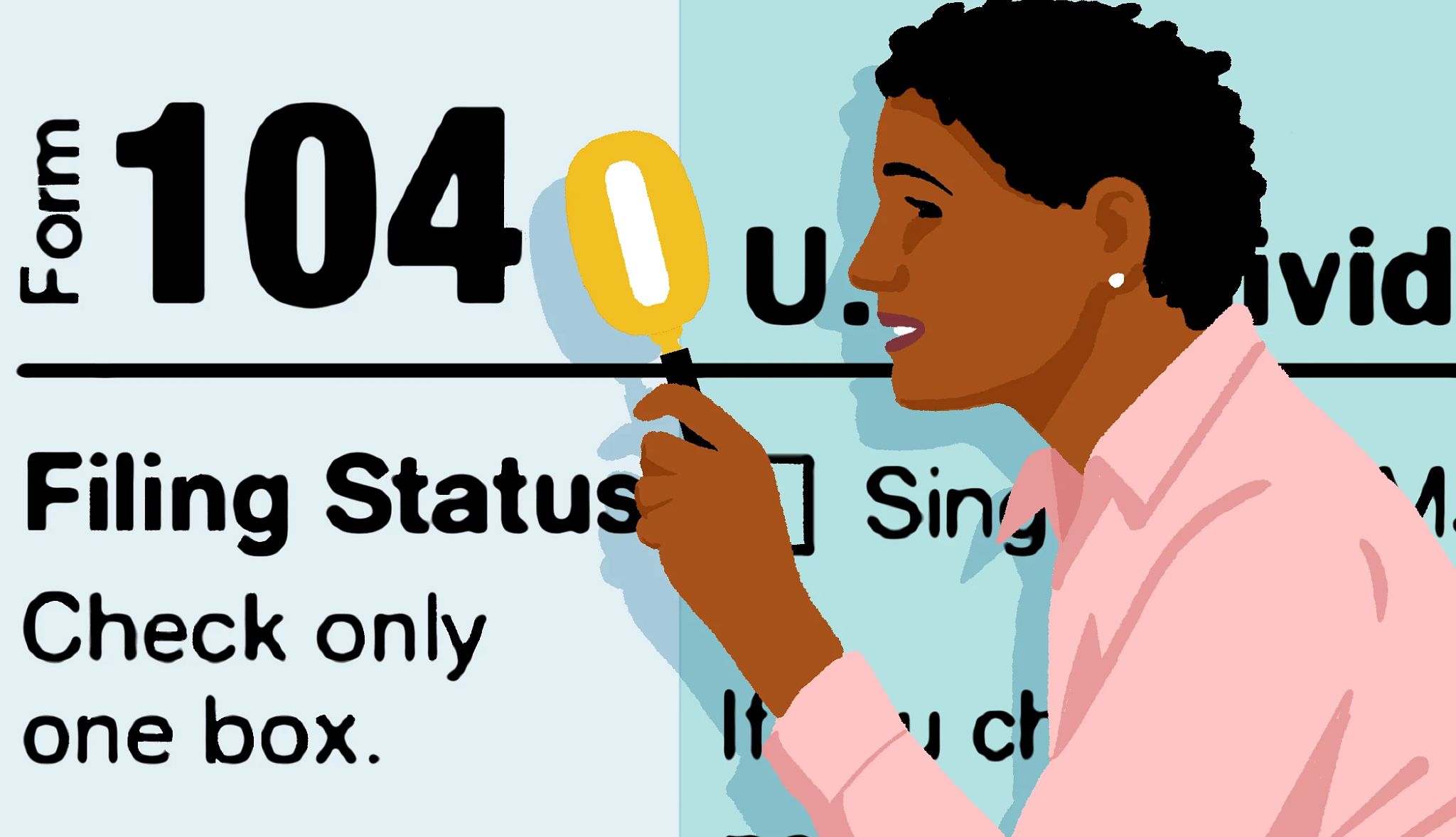AARP Hearing Center
Required Minimum Distribution (RMD) Calculator
Avoid stiff penalties for taking out too little from tax-deferred retirement plans
Required Minimum Distribution (RMD)
Change the information currently provided in the calculator to match your personal information and view your results.
What is a required minimum distribution (RMD), and why should I care about it?
An RMD is the smallest amount you must withdraw from your tax-deferred retirement accounts every year after a certain age. At some point in your life, you may have put money into tax-deferred retirement accounts, such as Individual Retirement Accounts (IRAs) and 401(k) workplace retirement accounts. The key word here is “tax-deferred.” You postponed taxes on your contributions and earnings; you didn’t eliminate them. Eventually, you must pay tax on your contributions and earnings. RMDs make sure that you do that.
You must start taking RMDs by April 1 of the year after you turn 73. Let’s say you celebrated your 73rd birthday on July 4, 2023. You must take the RMD by April 1, 2024. You’ll have to take another RMD by Dec. 31, 2024 and by Dec. 31 each year after that. (For tax year 2022, the age for starting RMDs was 72).
The amount changes each year, according to your age. Start by calculating how much you had in all your tax-deferred accounts as of December 31 of the previous year. Next, find your age on the IRS uniform lifetime table and the corresponding “distribution period.” The distribution period is an estimate of how many years you’ll be taking RMDs. If you’re 73, for example, the distribution period is 24.7 years, based on your life expectancy. Then divide your balance by the distribution period. Let’s say you have a combined $100,000 in your tax-deferred retirement accounts: $100,000 divided by 24.7 is $4,049 — which is the amount you must withdraw. If you are in the 25 percent combined state and local tax bracket, you’ll owe $1,012 in taxes on your RMD.
You can take your RMD out of one account, or take bits from each one, so long as you withdraw the required minimum.
- Traditional IRAs
- Simplified Employee Pension (SEP) IRAs
- Savings Incentive Match Plan for Employees (SIMPLE) IRAs
- 401(k)s
- Nonprofit 403(b) plans
- Government 457 plans
- Profit-sharing plans
- Other defined contribution plans
Roth IRAs are funded with after-tax contributions, and they don't require RMDs until after the owner dies. If you're still working and have a traditional 401(k) or other workplace defined contribution plan, you may be able to defer RMDs until April 1 of the year after you stop working.
Don’t skip an RMD. If you do not take any distributions, or if the distributions are not large enough, you may have to pay a 50 percent excise tax on the amount not distributed as required, according to the IRS.
Explore Retirement


AARP Membership
$12 for your first year when you sign up for Automatic Renewal
Get instant access to members-only products and hundreds of discounts, a free second membership, and a subscription to AARP the Magazine.


































































